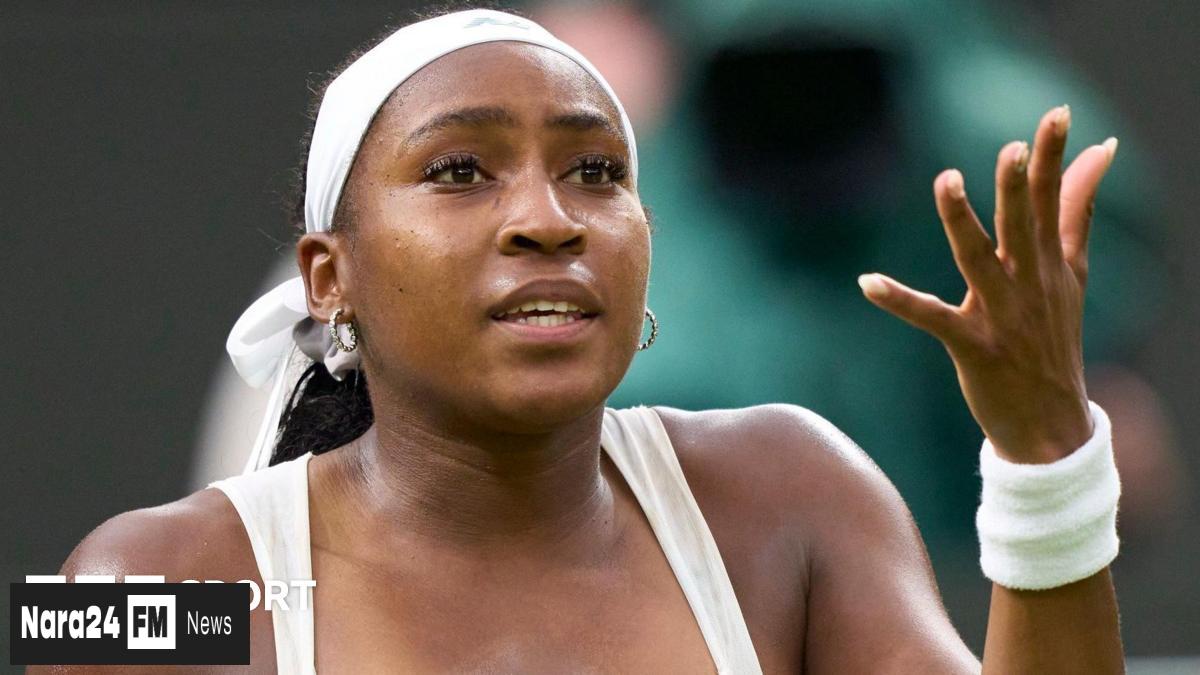Seismic shocks have been the talk of the town in the early stages of Wimbledon 2025, with a record 36 seeded players already eliminated - surpassing the previous record of 35 at the 2020 French Open. This unusual trend has left the men's and women's singles draws wide open, as top-ranked players struggle to find their footing on the grass courts.
Among the high-profile casualties are French Open champion Coco Gauff, men's third seed Alexander Zverev, and a record eight top-10 seeded players in the first round - the most at any major tournament since the start of the Open era in 1968. Only one of the top-five seeded women's players has progressed to the third round for just the second time in the Open era.
Unusual Conditions and Slower Courts
One potential explanation for the record number of upsets could be the unusual conditions at this year's Wimbledon. Players have had to contend with sweltering temperatures, as the tournament recorded its hottest opening day on record, with temperatures exceeding 30C on Monday and Tuesday. To cope with the conditions, players were provided with ice packs, cold towels, and plenty of water. Despite these measures, some players still reported struggling in the heat.
In addition to the heat, the interaction between the grass courts and the balls has been a source of frustration for some players. Canadian 27th seed Denis Shapovalov, who was knocked out in the first round, commented, "The balls are the worst, the grass tour has turned into a joke. This isn't grass anymore; the court is slower than a clay one." Slower courts allow players more time to play the ball, leading to longer rallies and physically-draining longer matches.
Heavier and Slower Tennis Balls
British number one Emma Raducanu spoke about the influence she felt the new balls were having. "You get a little bit extra with the new balls [but] I feel like once they're a few games or a few long rallies in, these Slazenger balls really fluff up quite quickly and get heavy and slow," she said. "I think it benefits the bigger hitters because they have time to load and give it some."
Raducanu's coach Mark Petchey previously claimed heavier tennis balls are affecting her ability to compete with the game's big hitters. Wimbledon maintains that no changes have been made to the specification of the ball since 1995, but players should expect the ball to feel lighter and faster on a warm, dry day, compared to heavier and slower on a cold, damp day.
Short Grass Season and Player Burnout
Another factor that may be contributing to the record number of upsets is the quick turnaround before - and short nature of - the grass court season. Lasting for less than 50 days, it begins for some before the conclusion of the French Open at the start of June and ends with Wimbledon on 13 July. American second seed Coco Gauff managed to enter just one grass court tournament before Wimbledon, having won the French Open on 7 June.
Concerns have long been raised by high-profile players regarding the schedule. Norway's Casper Ruud criticised the ranking system earlier this year, describing it as "a rat race," while Australian world number nine Alex de Minaur put his early French Open exit down to "feeling burned out."
With the intense competition, shorter seasons, and physical demands of the game, it's no wonder that players are feeling the pressure. As German Zverev, the highest-ranked casualty in the men's draw so far, put it, "I feel very alone out there, and I've struggled mentally since losing the Australian Open final to Jannik Sinner in January."
As the tournament progresses, it will be interesting to see if the record number of upsets continues, and if the remaining seeded players can find their footing on the challenging grass courts.








Comments (0)
Leave a Comment
Be the first to comment on this article!